PsychNewsDaily Publishers
100 Summit Drive
Burlington, MA, 01803
Telephone: (320) 349-2484
PsychNewsDaily Publishers
100 Summit Drive
Burlington, MA, 01803
Telephone: (320) 349-2484
The 1970s featured iconic toys like Stretch Armstrong, Rubik's Cube, and Atari 2600, shaping childhood memories and influencing future toy design and play culture.

The 1970s really was a wild time for toys. Creativity and fun seemed to be everywhere, and the way kids played started to change.
If you grew up back then—or if you’re just curious about what made those toys stand out—you’re in for a nostalgic ride.
Some toys from the ’70s really left their mark. They weren’t just things to play with—they became part of everyone’s childhood stories and memories that still make people smile.
Who could forget Stretch Armstrong? It was just so cool to see how far you could stretch him out.
Kids everywhere loved pulling his arms and legs, amazed that he never seemed to break. It almost felt like magic.
Jesse D. Horowitz designed this stretchy hero, and he quickly became one of the decade’s most popular toys. If you want to dig into his backstory, check out this page about how Stretch Armstrong became a 70s icon.
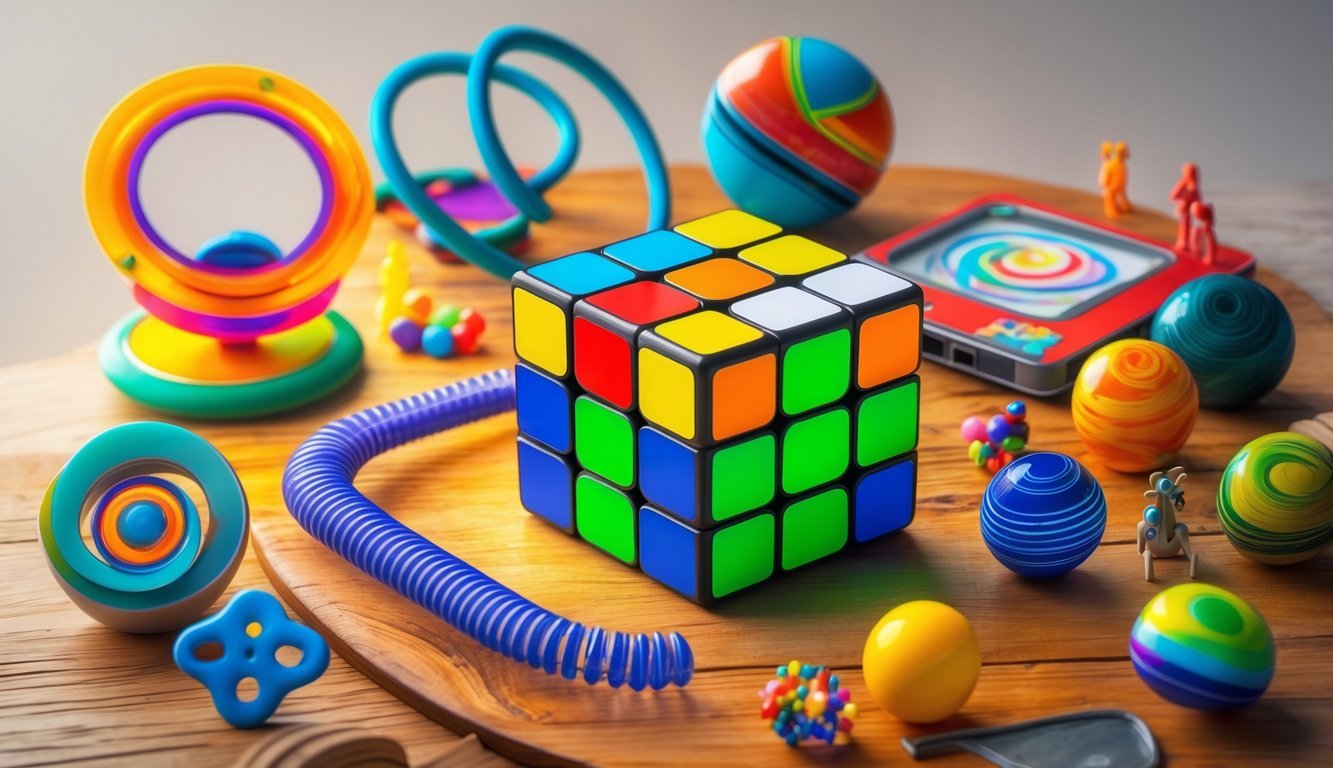
The Rubik’s Cube is that colorful 3D puzzle that everyone seemed to have. Ernő Rubik invented it in 1974, but the world really caught on by the late 70s and early 80s.
You’d twist and turn, trying to line up all the colors. Sometimes it felt impossible, honestly.
But once you figured out the tricks, it became a race—who could solve it the fastest? It really tested your patience and your brain.
Over 300 million cubes have sold, which is kind of wild. It even had its own cartoon and starred in commercials.
Still a classic, and still a fun challenge if you’re up for it.
Learn more about this iconic puzzle at 12 Toys From the 70s That Defined an Entire Generation.
The Atari 2600 changed everything by bringing video games into your living room. When it came out in 1977, it felt like something from the future.
You could swap game cartridges and use joysticks or paddle controllers. Games like Combat and Space Invaders became instant favorites.
Sure, the graphics look simple now, but back then, it was pure excitement. The Atari 2600 helped start the home gaming trend.
Want to see how big its impact was? Here’s a detailed look at Atari 2600 history.
The Easy-Bake Oven made baking feel like magic for kids. It first showed up in 1963 and used a light bulb for heat, which is kind of genius.
Mixing up batter and watching it bake right in your own toy oven felt special. You didn’t even need an adult hovering over you.
Designs kept changing, but the fun stuck around for decades. If you loved making tiny cakes or brownies, you probably had one.
Want the full scoop? Check out the Easy-Bake Oven Wikipedia page.

Pet Rock sounds silly, but it was a real craze in the 1970s. It was just a smooth rock in a box with holes.
You’d treat it like a pet, but it never needed food or made noise. The fun was in the joke, and somehow, it worked.
The 70s had a playful, creative streak, and Pet Rock proved it. Curious about this oddball fad? Read more about Pet Rocks here.

Fisher-Price Little People were those chunky little figures that fit perfectly in your hand. They first appeared in the late 1950s, but the 70s and 80s really made them shine.
You could build little towns with houses, schools, and boats. The figures started out wooden, then switched to plastic, but the look stayed the same.
Mixing and matching sets was half the fun. Moving parts and playsets let your imagination run wild.
Want to see more or find old sets? Check out vintage Fisher-Price Little People.

Hot Wheels cars were a staple for so many kids. They first rolled out in 1968, but the 70s took them to another level.
You could collect all kinds—race cars, trucks, you name it. The colors popped, and some had redline tires that collectors still hunt for.
Those twisty orange tracks made every race a thrill. If you loved customizing and racing toy cars, Hot Wheels probably started it all for you.
More about 70s Hot Wheels toys.
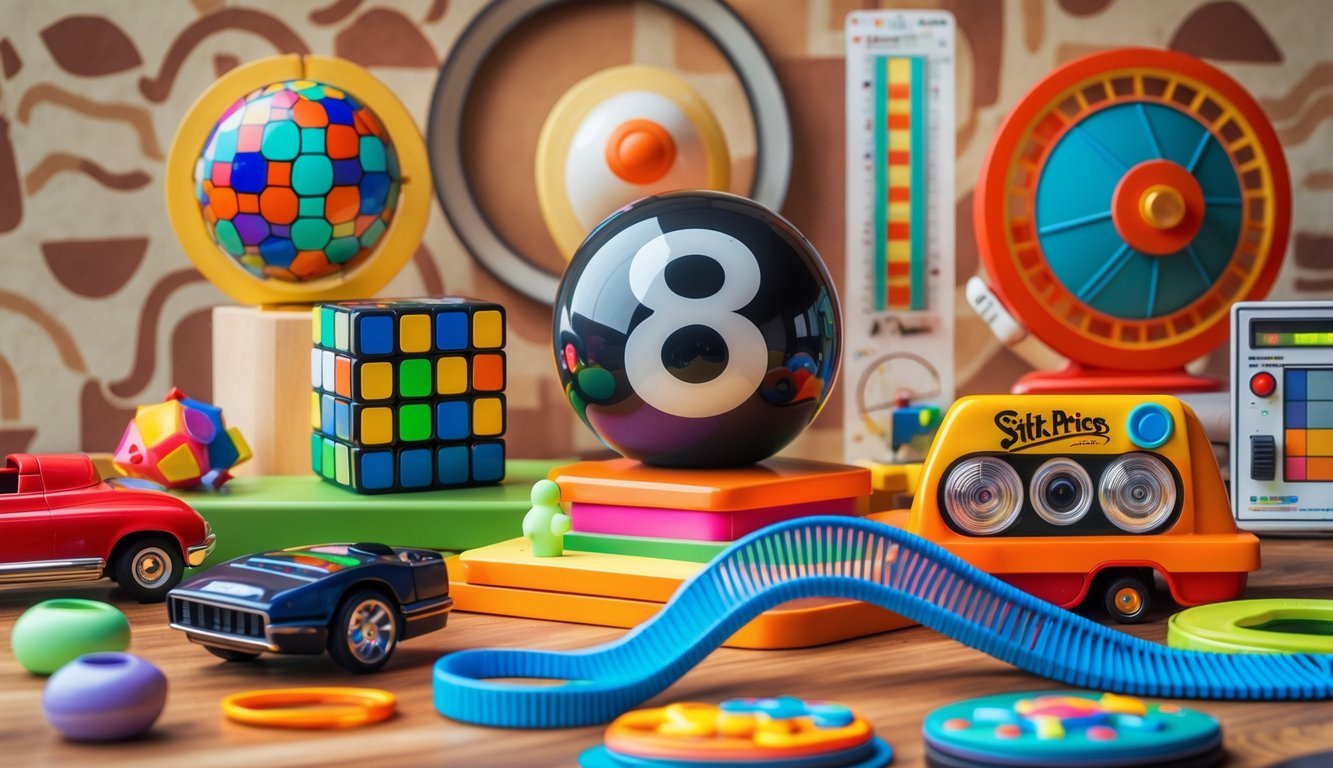
The Magic 8-Ball was the go-to for any big question. You’d shake it up, ask something, and hope for a good answer.
It looks just like a pool ball, but inside there’s a floating die with mysterious replies. Kids loved using it at school or sleepovers, just for laughs.
Even though it first appeared in 1946, the 70s made it a must-have. There’s still something fun about leaving your fate to a plastic ball.
Want to know more? Dive into its quirky history here.
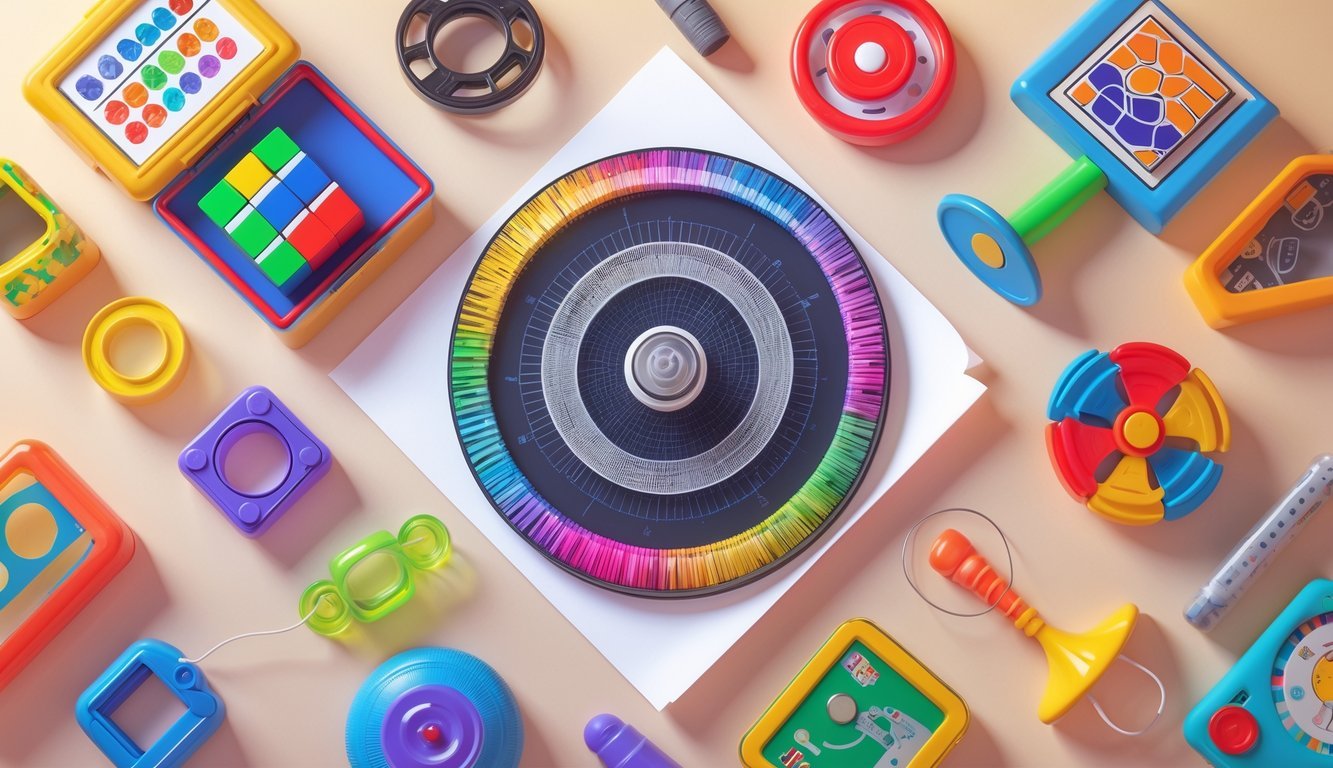
Spirograph made anyone feel like an artist. You’d use gears and rings to guide your pen and create wild geometric patterns.
Even if you weren’t great at drawing, you could make impressive designs. It was both relaxing and a little bit mesmerizing.
The toy helped you get creative and learn about shapes, without you really noticing. Kids in the 70s couldn’t get enough of it.
Want to see how Spirograph inspired creativity? Check out this article about forgotten learning toys that shaped a generation.
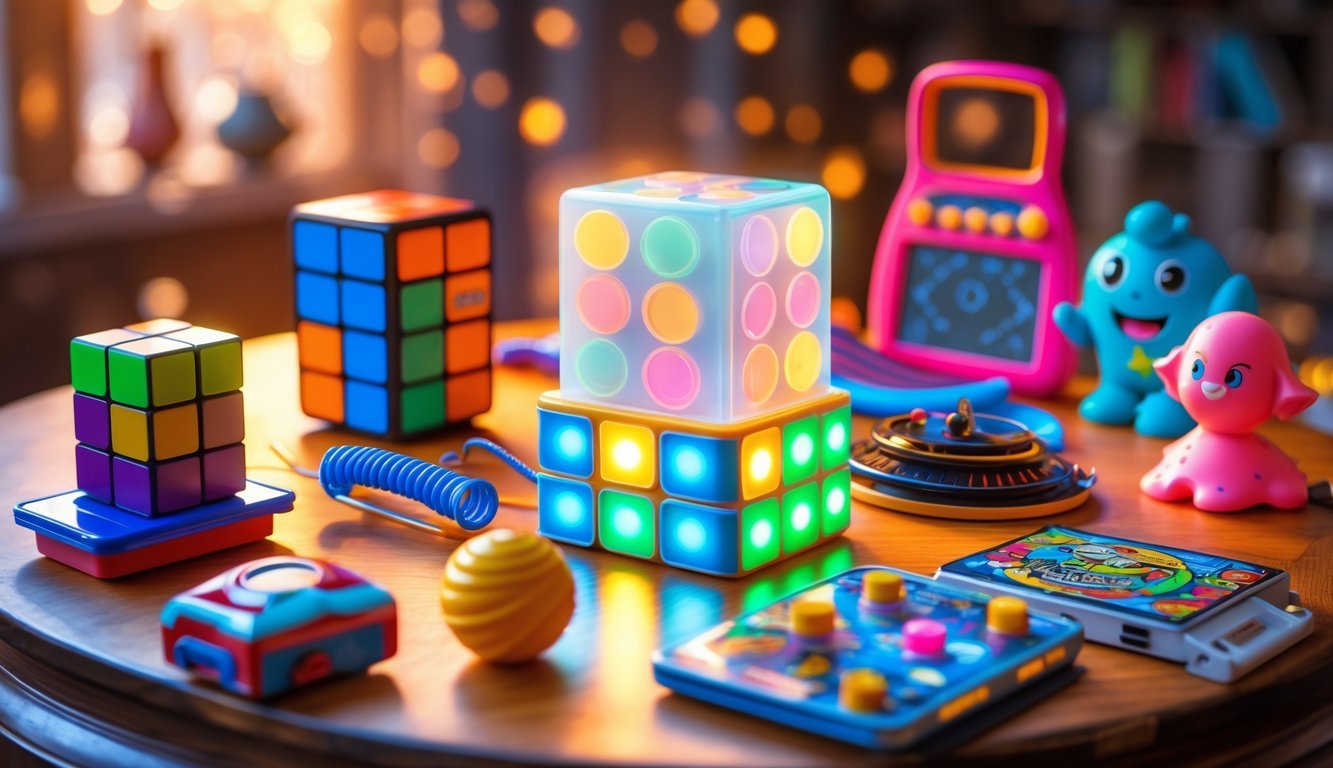
Lite-Brite was basically a light box for your art. You’d stick colorful pegs into a board, and when you turned on the light, your picture glowed.
It came out in 1967, but the 70s kids really made it their own. Templates helped, but going freestyle was just as fun.
Lite-Brite blended art and play in a way that just felt satisfying. New versions still pop up, but that old-school glow is hard to beat.
For more, see the story behind this toy that’s kept kids creating for decades.
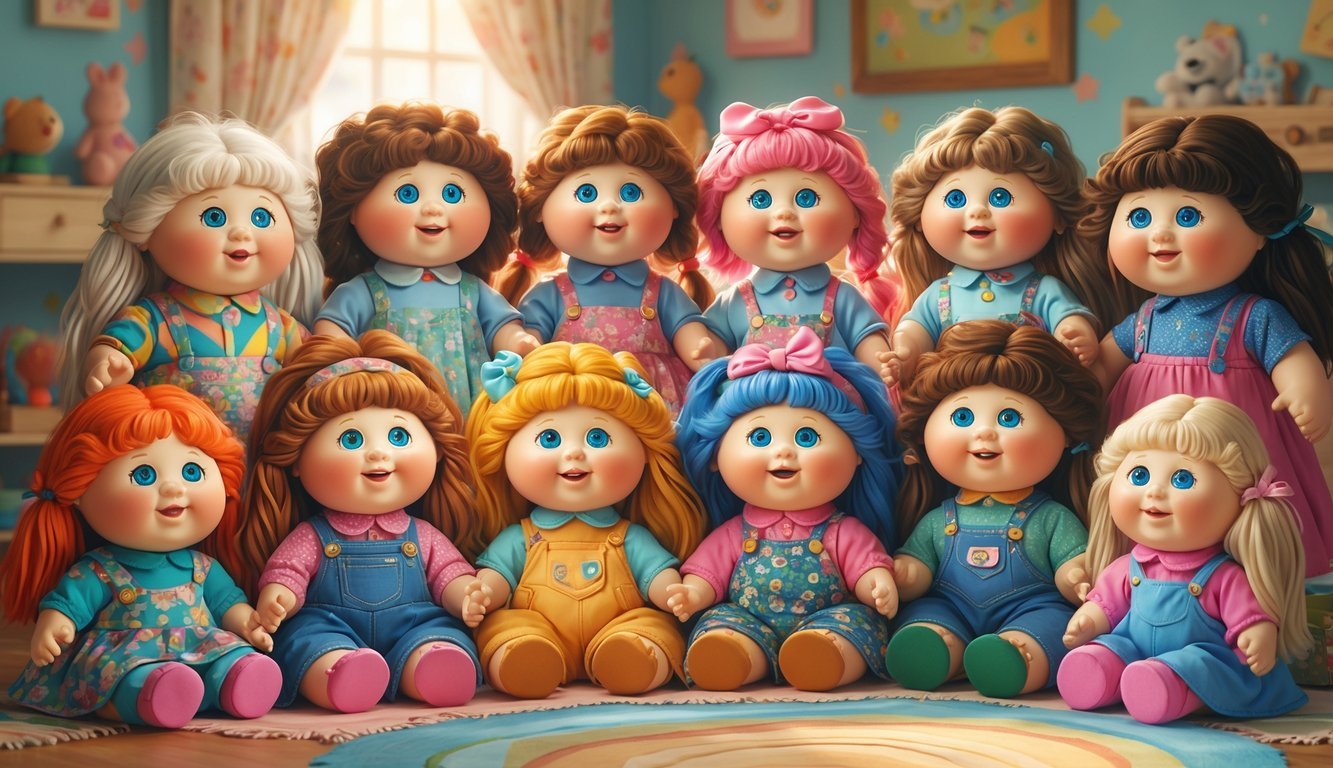
Cabbage Patch Kids were those soft dolls with big eyes and faces you couldn’t forget. Martha Nelson Thomas started making them by hand in the early 70s, and soon, they exploded in popularity.
By 1983, everyone wanted one. People lined up for hours just to “adopt” their own doll.
You could find all kinds—babies, toddlers, preemies. The craze was real, and millions sold in a single year.
They even inspired books, clothes, and a TV special. Cabbage Patch Kids still have a special place in the hearts of so many people.
You can learn more about their history and impact here.

Kids in the 70s really loved the pogo stick. You’d grab one, hop on, and bounce up and down, letting the spring do most of the work.
It was honestly a blast—plus, it got you outside and moving. At first, you might wobble and nearly fall.
But after a few tries, you’d get your balance and start bouncing higher. Sometimes, you’d even challenge your friends to see who could stay on the longest.
You definitely had to watch out for spills, though. With some practice, it felt less like a toy and more like a way to show off your skills and keep active.
If you’re curious about the history of pogo sticks, you can check it out here.
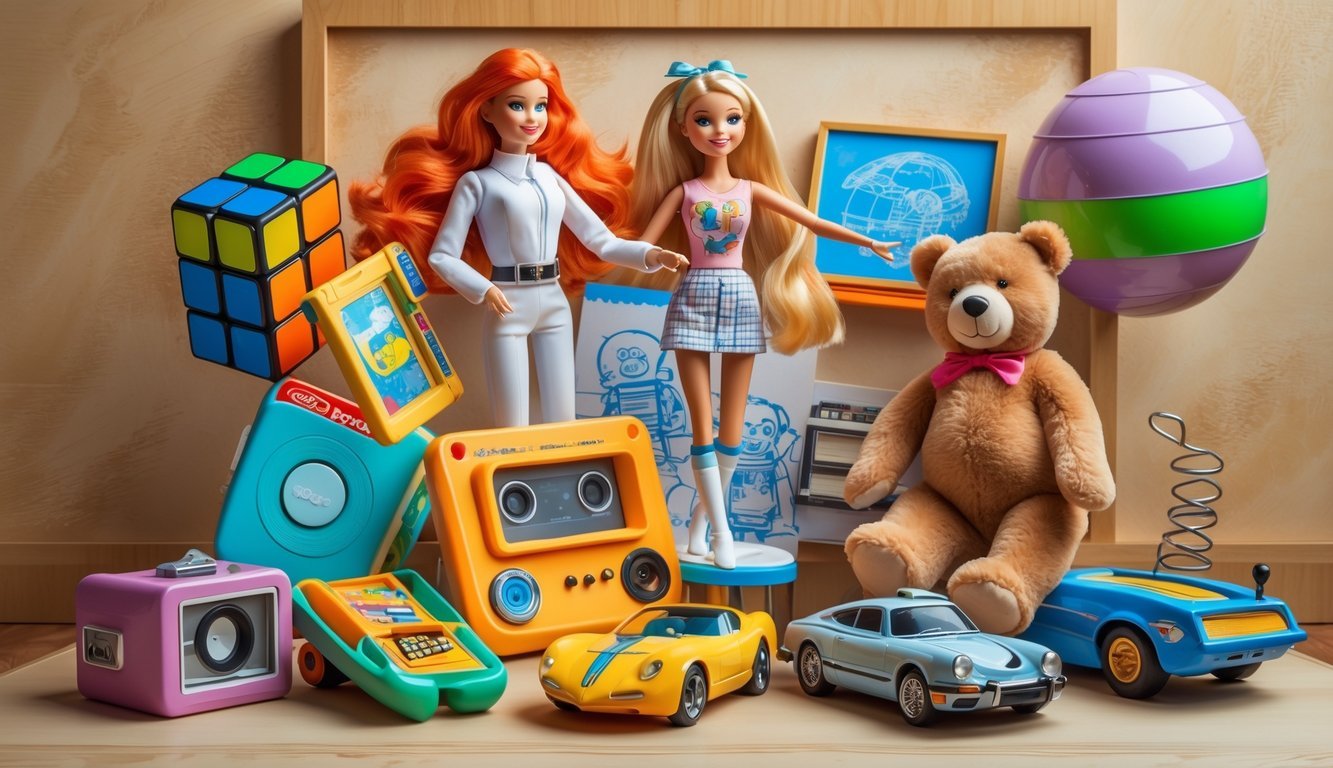
Toys from the 1970s did so much more than just fill up time. They shaped how kids played and even how they thought about the world around them.
These toys pushed creativity, mirrored trends, and honestly, they inspired the design of most toys you see around today.
A lot of 70s toys were simple, but wow, did they get your imagination going. Sets like LEGO or Shrinky Dinks let you build whatever popped into your head.
You weren’t just playing—you were inventing your own little worlds. It almost felt like anything was possible.
Simon and other electronic games made you think, too. They tested your memory and made you focus on patterns.
Without all the tech we have now, you had to come up with your own ideas. That freedom let kids develop some real problem-solving skills.
Your imagination basically became your favorite toy.
Toys in the 70s really captured the culture of the time. When Star Wars figures came out, everyone wanted them—movies and TV started to shape what you played with.
You’d see friends with the latest toys, all tied to whatever was big in pop culture. Outdoor toys like Nerf balls got you moving and hanging out with friends.
They made teamwork and just being outside a big part of play. It’s kind of wild how toy ads during cartoons started pushing trends, making kids want whatever was new.
The 70s brought in ideas that totally changed the toy world. Mixing old-school toys with early electronics started a whole new way of learning while playing.
Toys became tougher and safer, too. You can trace that shift right back to lessons learned in the 70s.
And wow, branded toys linked to movies or TV shows really took off. That set the stage for all the licensing deals we see now.
Entertainment and toys? They’re basically best friends these days.
If you want to dive deeper, check out how 70s toys changed childhood and play culture.
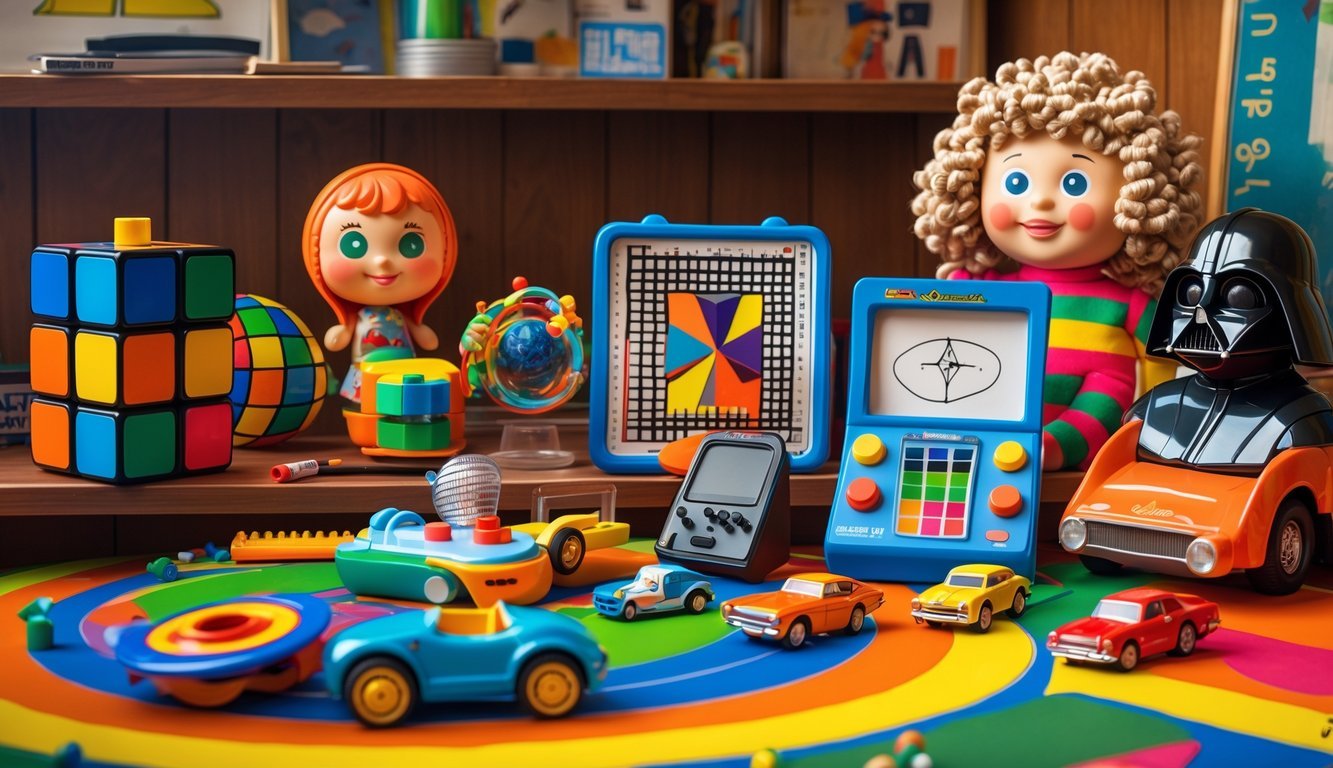
So many toys from the 1970s just hit differently now. They bring back memories of simpler days and those little moments of joy.
People don’t just remember them—they collect them. These toys feel like a real connection to the past.
Star Wars figures, Atari consoles, and old Lego sets? Collectors go wild for them.
If you keep them in great shape or have the original box, their value can shoot up. Folks pay close attention to rare editions or special details.
Some of these toys are worth hundreds, even thousands, of dollars now. The vintage toy market has exploded, partly because these toys turned into real cultural icons.
Learning about what makes a toy collectible can help you spot a hidden gem if you ever stumble across one.
Hanging on to toys from your childhood really helps you keep those special memories alive. Whenever you spot these old toys, all sorts of fun moments, friends, and stories just come rushing back.
You get to share those stories with younger family members, too—even if they never played with those toys themselves. I mean, who doesn’t love a little nostalgia?
If you want to keep these toys in good shape, stash them somewhere safe where dust and sunlight can’t get to them. Some people like to put them on display, turning a shelf or wall into a mini memory lane. It’s a great way to spark conversations.
Honestly, keeping these toys around makes it so much easier to revisit your past and remember those days.
Curious about what makes vintage toys so special? Check out this list of collectible toys from the 1970s.